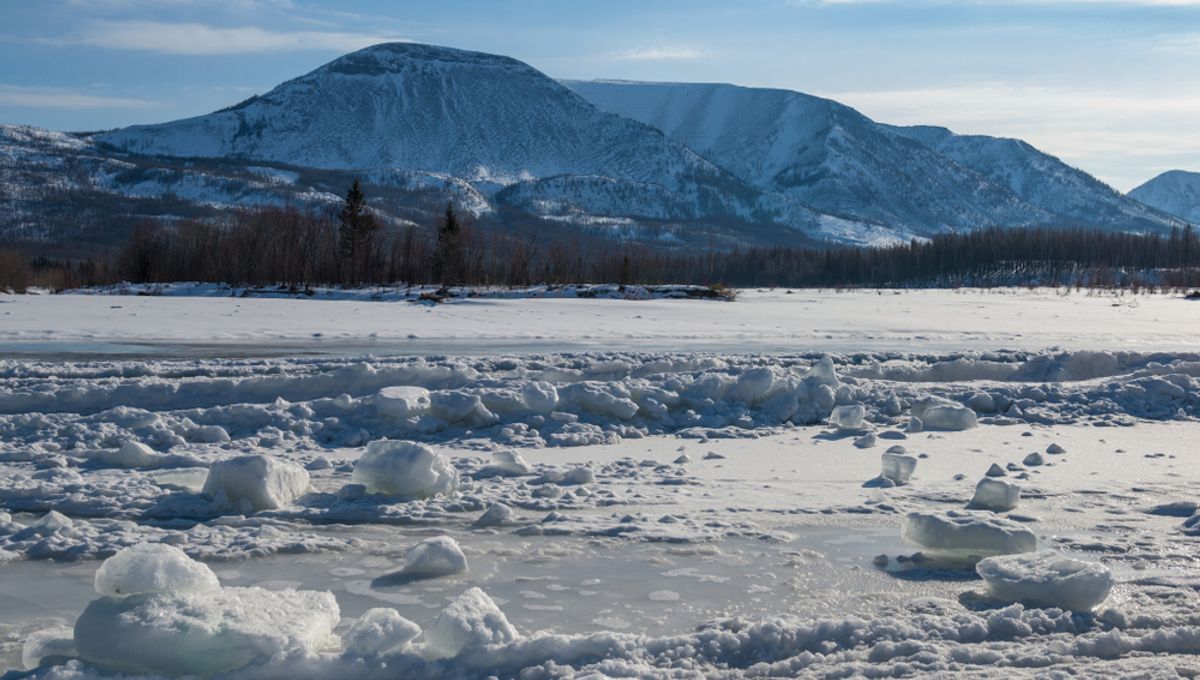
After almost 50,000 years frozen deep within the Siberian permafrost, a horde of ancient, and still infectious, viruses has been unearthed. Remarkably, and also a little worryingly, these “zombie” viruses were still able to infect living single-celled amoebae after re-emerging from their deep freeze, a new study has found.
Researchers identified and revived 13 new viruses in total, ranging in age from 27,000 to 48,500 years old, which may make some of them the most ancient viruses ever resuscitated. Some were found inside the frozen intestines of a Siberian wolf, and others in a sample of permafrost containing a large amount of mammoth wool.
The viruses, despite having spent millennia frozen like a popsicle (which humans definitely couldn’t survive by the way), were still able to infect cultured amoeba once the team had given them a new lease of life. This, as well as being pretty mind-blowing, is also a potential cause for concern for public health.
“We view these amoeba-infecting viruses as surrogates for all other possible viruses that might be in the permafrost,” Professor Jean-Michel Claverie, one of the paper’s authors, told CNN.
“We see the traces of many, many, many other viruses,” he added. “So we know they are there. We don’t know for sure that they are still alive. But our reasoning is that if the amoeba viruses are still alive, there is no reason why the other viruses will not be still alive, and capable of infecting their own hosts.”
The melting permafrost has unveiled numerous ancient marvels in recent years, including the world’s oldest DNA and a 3,500-year-old bear. But it also hides some more sinister-sounding surprises, infectious “zombie” viruses being one of them. However, perhaps a more immediate concern, Claverie and co-authors suggest, is that posed by bacteria in thawing permafrost (such as strains that cause anthrax).
As the climate crisis continues to worsen, many more potential microbial threats are likely to be reawakened. While the impact these may have on human health remains to be seen, some have speculated that the source of the next pandemic could lie in melted permafrost and glaciers.
As for the “zombie” virus threat: “How long these viruses could remain infectious once exposed to outdoor conditions (UV light, oxygen, heat), and how likely they will be to encounter and infect a suitable host in the interval, is yet impossible to estimate,” write the authors of the new study. “But the risk is bound to increase in the context of global warming […] and [with] more people [populating] the Arctic.”
The study is published in the journal Viruses.
Source Link: “Zombie” Viruses Still Infectious After Almost 50,000 Years Frozen In Permafrost